Considering Favorite Reads And Burned Information
It’s buying season. A perfect thing to buy a lover is a book. They don’t need to read it to enjoy it; they can put it in a pile and look at it, and by sheer proximity, they will absorb its wisdom.
Novels
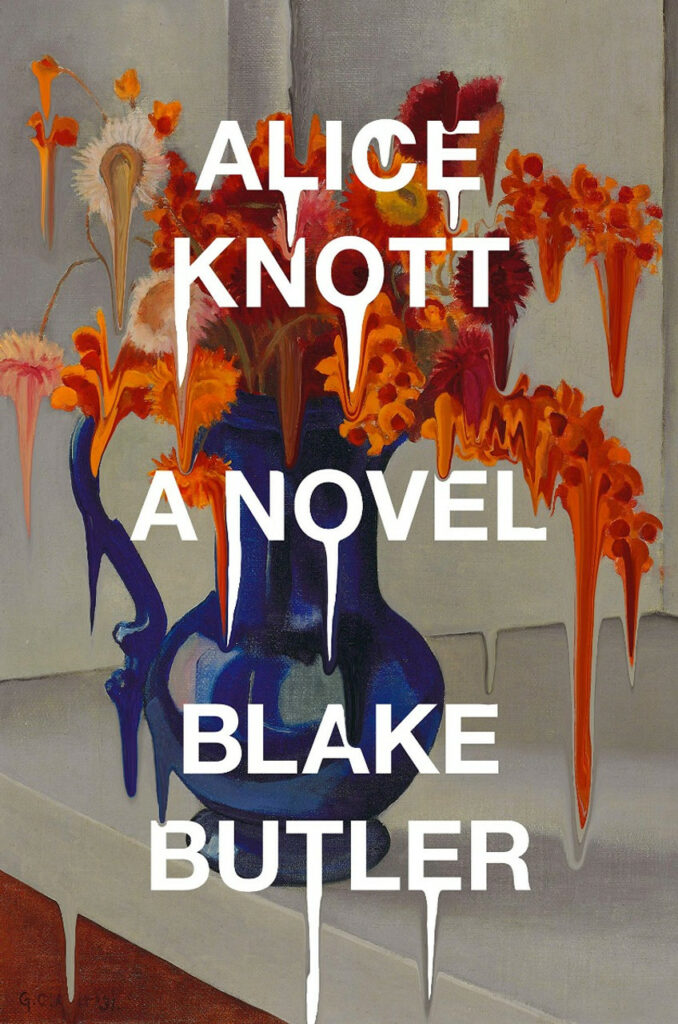
Alice Knott
By Blake Butler
2020, Riverhead Books
Alice Knott is about burning priceless works of art. Remember those videos where extremists destroy art? Alice Knott wonders what would happen if masses of people started destroying priceless art. She films it, slashes paintings, bakes them in pizza ovens, and blows them up with fireworks. At the beginning of the book, Alice Knott is dissociative, angry about the vandalism, claiming to be a victim. But we learn that in a dissociative fugue, she remembers who torched all the paintings. She did! And doing this untethers her from herself and reality.
The vandalism inspires copycats to go into museums and stab paintings or smash statues. Liberatory burning commences among the masses. Paintings are an asset for rich families to transfer wealth generationally. Museums codify values, aesthetics, and ideals by displaying the empire’s plundered wealth. When the priceless works burn and shatter, systems shock, states lose control, and people start having new ideas untethered from the past and creating something new. Intentional destruction is a form of creation.
Blake Butler, the author, has previously considered this idea of how burning art imbues new meaning with his novel Scorch Atlas. This book encouraged readers to burn after reading and even had a launch where readers could buy pre-destroyed, burned copies, just a bag of ash. The book, too, is about finding a crumbling book in an apocalyptic world. (source: this great video about Ergodic Literature).
In Alice Knott, we get glimpses of the future world without art. The narrator describes a commercial for a dementia drug, where a spider basks in pharmaceutical goo absorbed through its skin. The world lacks storytelling technologies and vocabularies to make sense of their existence. It seems like the only art left is Alice’s videos. But the narrator doesn’t report societal collapse, mass agony, or even loss of electricity.
The author claims inspiration from The Crying of Lot 49, a favorite novel of mine. I see the similarity. Imagine Odepia won the auction at the end of the last chapter, and inside the lot was a collection of priceless paintings; this is her late-life crisis. Yet despite his fixation on flames and burning earth, Butler has more optimism for the future than Mr. Pynchon. The book is not anti-fire; it’s not a warning against fire; I read it as welcoming the oncoming fires. There’s optimism about starting anew.
From what I can tell, the only way to read Alice Knott is in hardcover, which I feel adds to its mystique and impermanence. It has no e-book, paperback, or purchasable audiobook — although I got the audio version from the library. A strange, thought-provoking novel for fans of fires, art, and transcending one’s self.
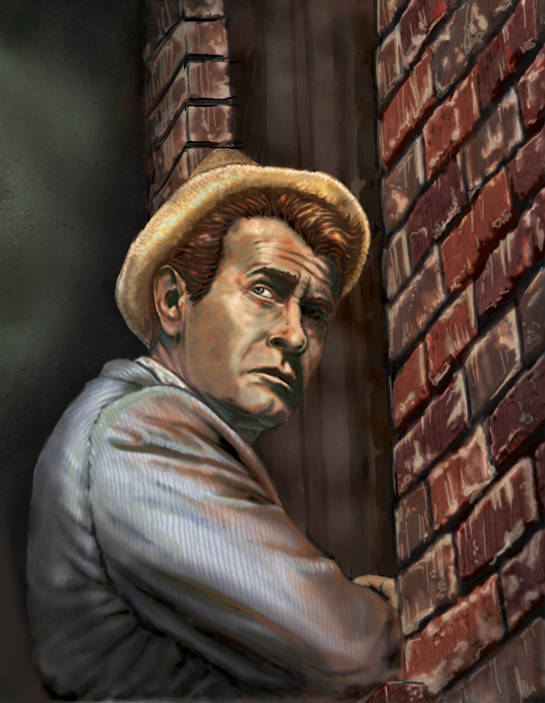
The Night Stalker (The Kolchak Novel)
by Jeff Rice
1974, Moonstone
A journalist teams up with the Los Vegas police to fight a vampire, and the book inspires a TV show that spawns a genre (X-Files, Buffy, Monster of the Week). I watched the show years ago and always meant to check out the Kolchak novel. Unpublished until the show came out and was long out of print until Moonstone Publishing brought it back (and kept it easily readable with an ebook and audio version). The novel is surprisingly good. As an urban fantasy novel, it’s an early example that hits all the troupes. It offers a detailed portrait of Vegas, an interesting vampire, and mythological and historical researcher, culminating in an action-packed investigation with a tragic twist.
The way Jeff Rice, the author, metafictionally inserts himself into the manuscript, claiming Kolchak is a real guy who actually sent him this authentic diary about vampires, is a fun nod to Dracula, a novel that’s a fake diary claiming to be real. Kolchak is also a deeply 1970s character, a paranoid detective drawing paranormal conclusions, a grownup Scooby Doo. Consider the context of a fictional character investigating a “Night Stalker” when Richard Ramerez, the real media dubbed Night Stalker, was actually killing people, and the “Serial Killer” narrative was on the news and in the theaters with slasher movies at the theaters and less than a decade after the Manson murders. In this fictional story, the private investigator teams up with cops and wonders if these serial killers are all monsters and demons. Kolchak teams up with the local police department to reveal the vampire, but they burn him. He gets fired and has to leave Vegas with a hitman on his tail. The police totally burn him. I wonder when Kolchak will inevitably get rebooted and probably investigate Bigfoot school shooters and Mothman terrorist cells.
Comics
Nature’s Labyrinth
Writer: Zac Thompson | Illustrator: Bayleigh Underwood
Mad Cave Studios, 2023
Regarding comic books, I have one golden rule: the pictures better look really good. Nature’s Labyrinth succeeds. Its story is troupe-y; a bunch of people have to kill each other on a murder island, like the Hunger Games, Battle Royal, The Most Dangerous Game, or …And Then There Were None.
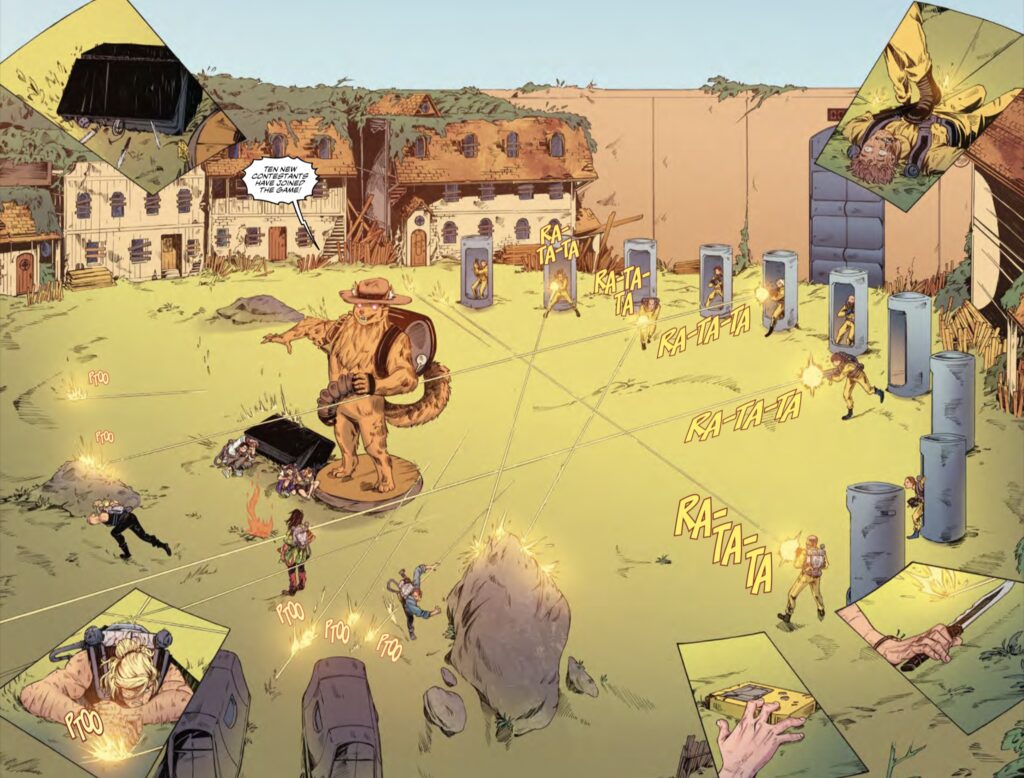
The setup offers strange, action-packed stuff to happen. Lady twin martial artists attack our hero, and then a few pages later, they blow up for some reason. Our hero immediately concludes, “Who cares?”
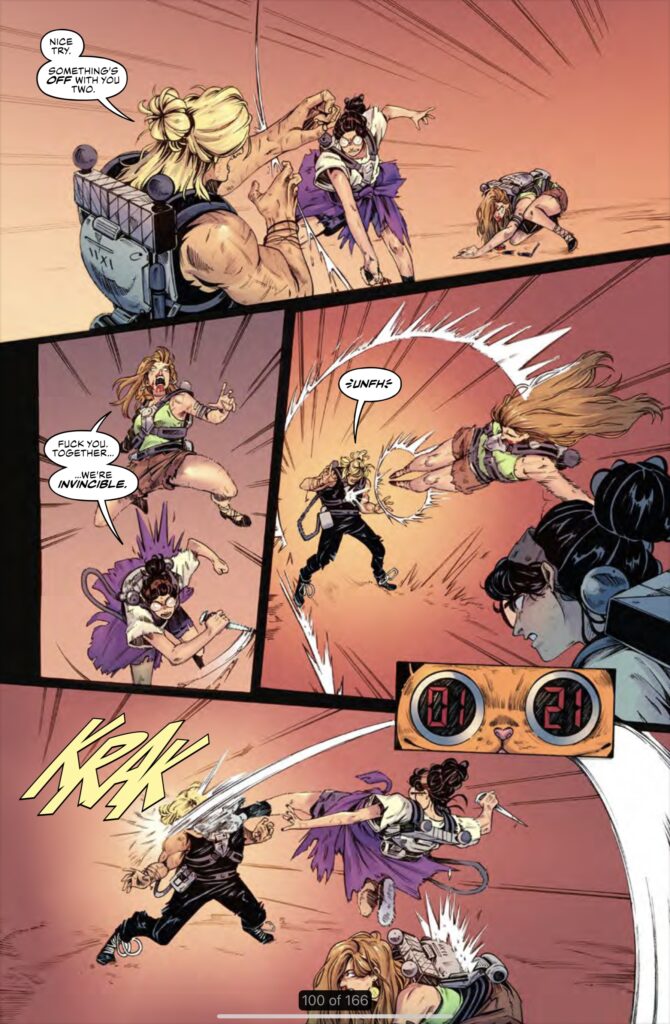
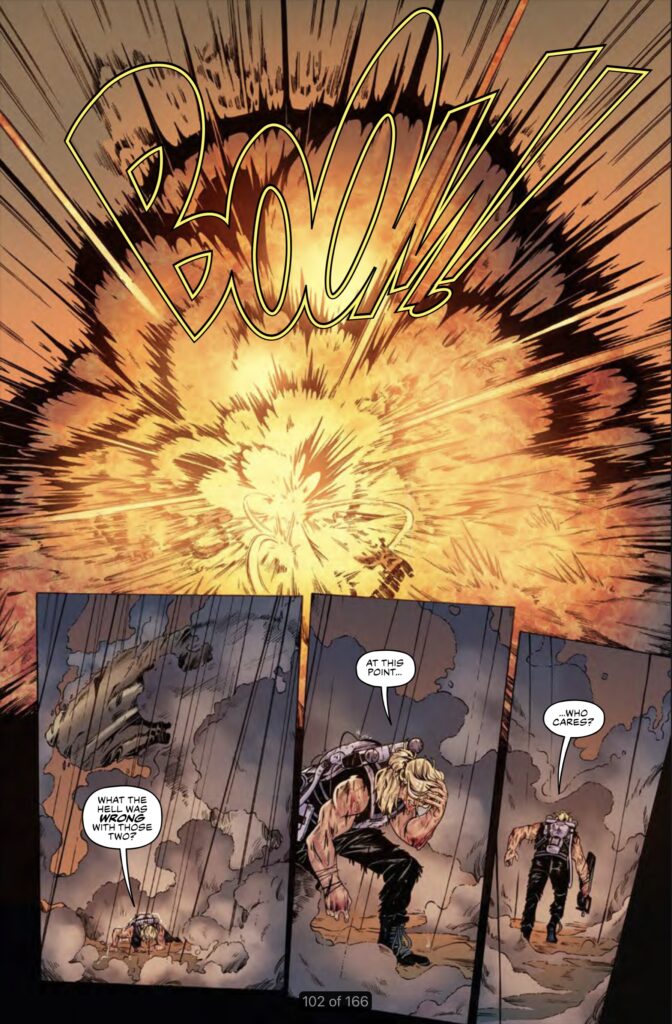
The art sells the over-the-top zaniness and graphic gore. Consider how this page plays with a nine-panel grid to show a hero falling into a bottomless pit, submersing the bottom three panels in darkness.
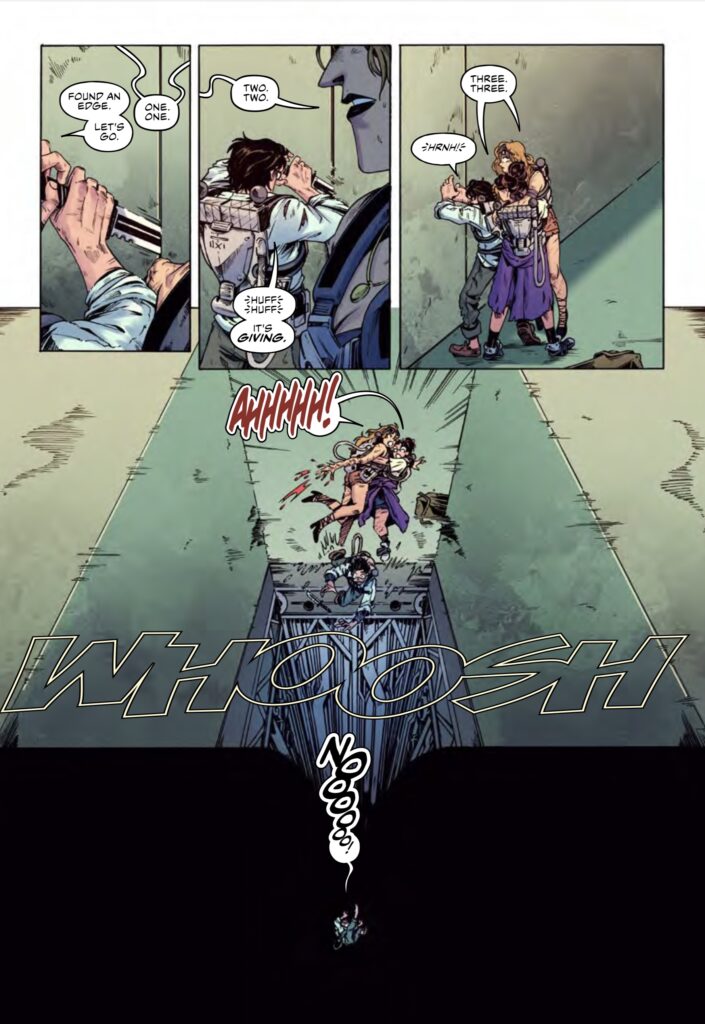
Amazing art on top of pure pulp. Comics live! This is the first book I’ve checked out by Mad Cave Studios, but it won’t be the last. The trade paperback comes out on December 19th. Thank you, Mad Cave Studios and NetGalley, for the ARC copy.
Pile of the Week
Year end pile compiling and a sneak peek at my Favorite Books of the Year post coming out this week.
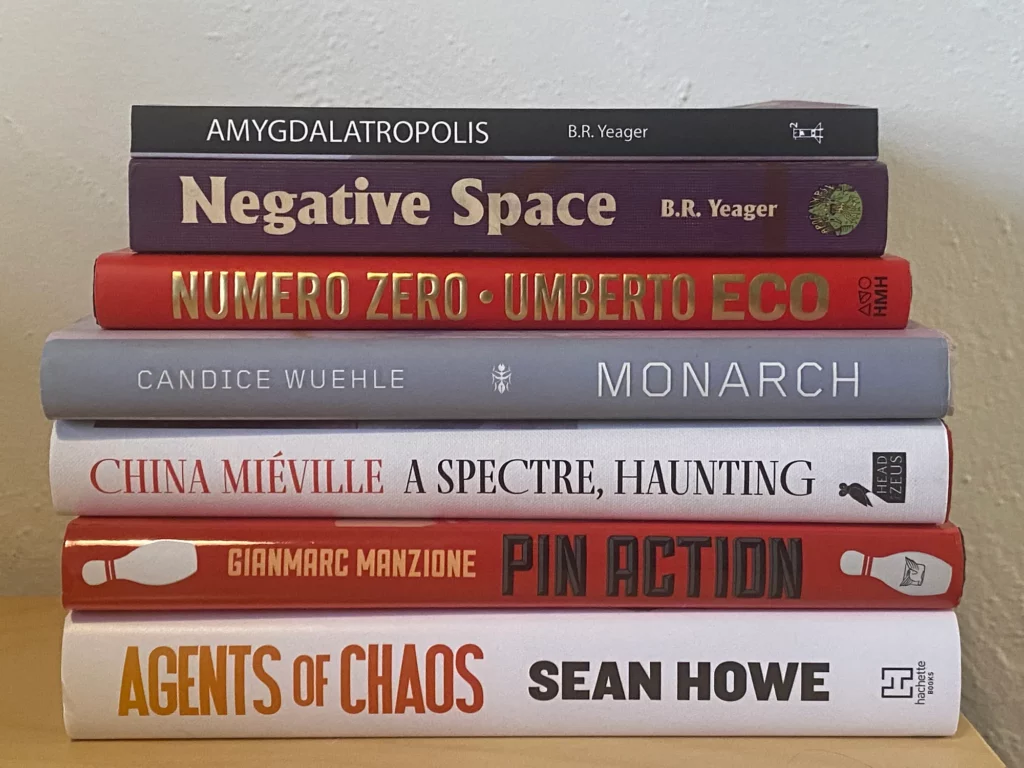
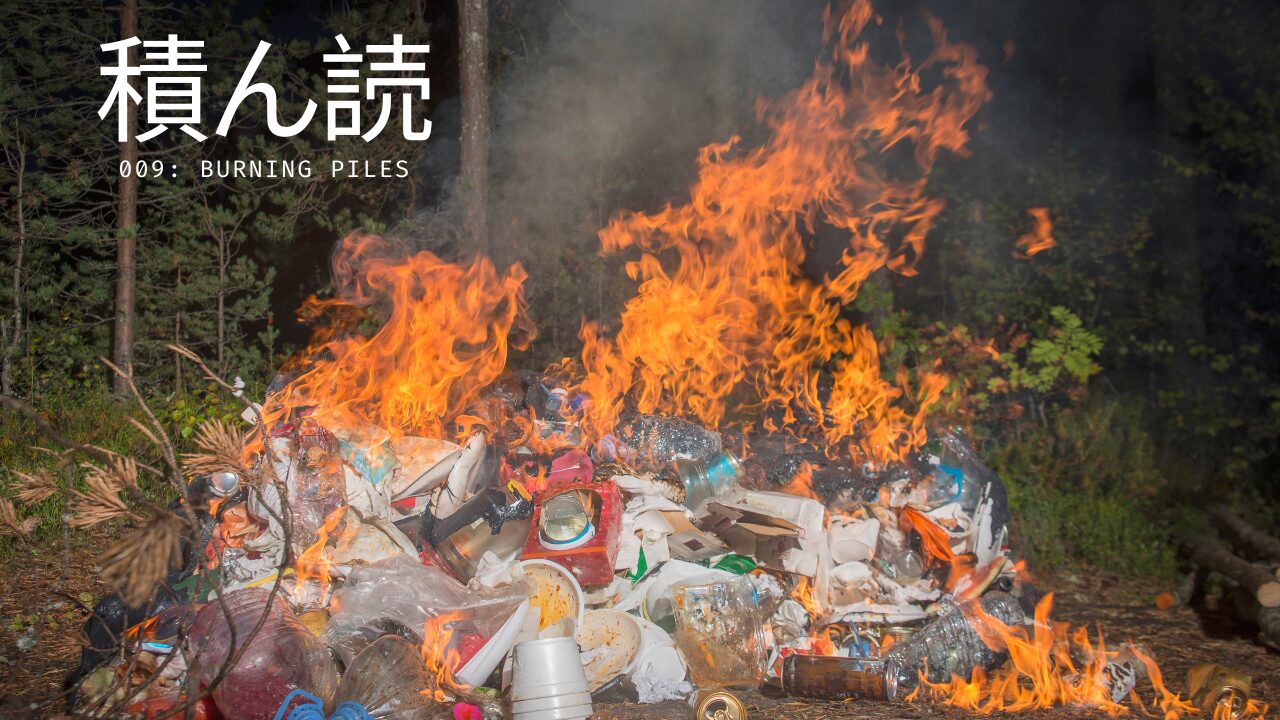
Leave a Reply